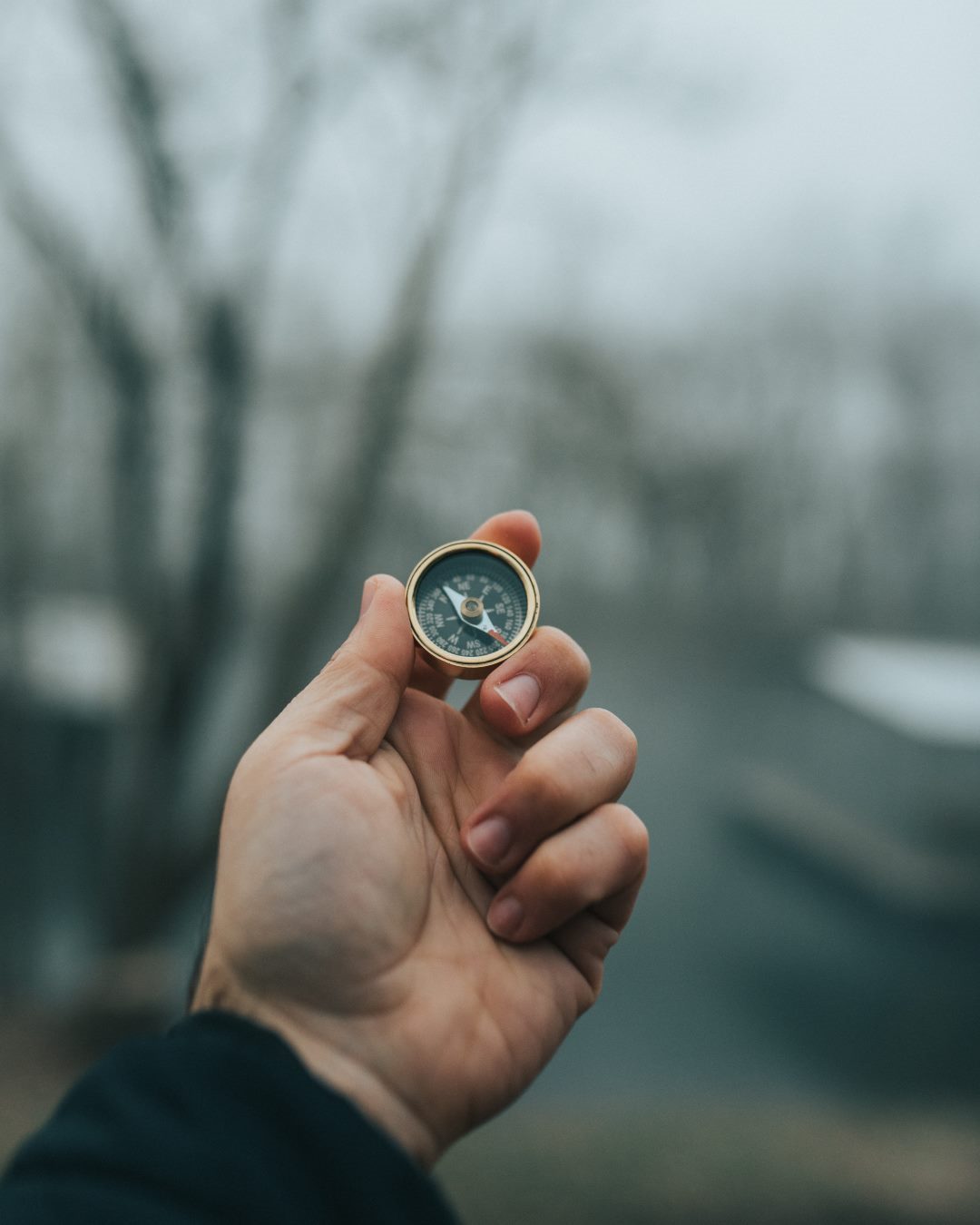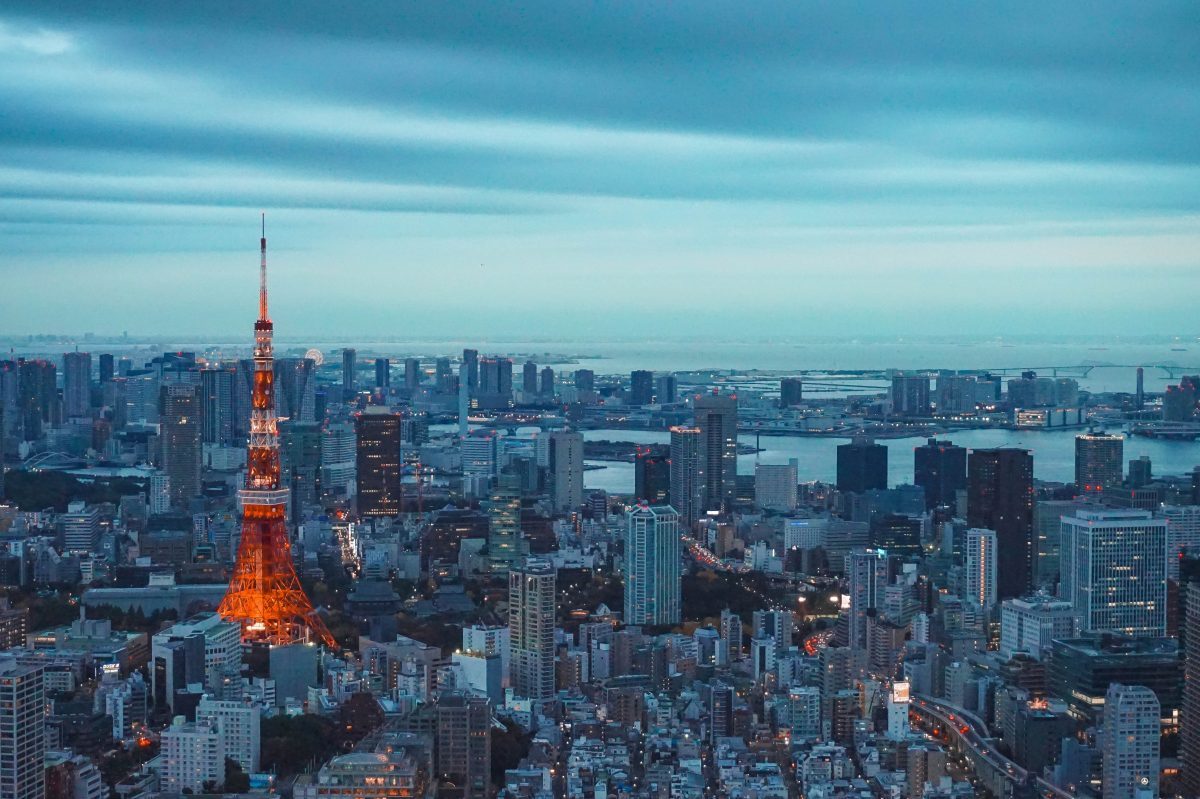Seville by Kayak Guadalquivir River Kayaking Tour
Are you planning a trip to Seville and looking for a unique way to explore the city? Look no further than the Seville by Kayak Guadalquivir River Kayaking Tour! This tour is the perfect combination of history and fitness. Keep reading this ultimate guide to learn everything you need to know about planning your kayaking adventure in Seville.Experience
The Seville by Kayak Guadalquivir River Kayaking Tour is an exceptional experience suitable for adventurers of all levels. You don’t have to be a kayaking pro to join the tour. The professional guides will provide you with an introduction to kayaking safety class before you jump onto the kayak.Highlights
During this four-hour tour, you will experience the beauty of Seville in a unique and memorable way. Paddle down the Guadalquivir River while your guide shares fascinating stories and fun facts about Seville’s rich history. Some of the highlights of the Seville by Kayak Guadalquivir River Kayaking Tour include:- Unbeatable views of Seville’s skyline from the river
- A chance to visit historical landmarks such as the Isla de La Cartuja
- Discover the river the Romans named Betis now known as Guadalquivir River meaning “the Big River” in Arabic
- Benefit from an introduction to kayaking safety class
- Keep fit while discovering the city
Full description
The journey down the Guadalquivir River is a fantastic way to get to know Seville from a unique perspective. The river was the main port of Europe for incoming goods from America during Seville’s Golden Age. It was a hub of commercial and cultural exchanges that helped shape the city’s character. Today, the river is much quieter, but it still holds many stories and fascinating facts about Seville’s history. On the Seville by Kayak Guadalquivir River Kayaking Tour, you’ll be taken on a journey through some of Seville’s most important historical moments. You’ll see sights such as Isla de La Cartuja, Maestranza, El Barrio del Arenal, and the Universal Exhibition of 1992. Your experienced professional guide will share fascinating insights about the discovery of America and the first trip around the world. The Guadalquivir River was very important to Seville during the Golden Age. The city was the main port of Europe for incoming goods from America such as gold, silver, and tobacco. Unfortunately, the river was sanded in the 17th century, which caused Seville to become less important. But thanks to the Expo 92, the river was restored, and it is now used for both tourism and transportation. So, if you’re looking for a fun way to see Seville, look no further than the Seville by Kayak Guadalquivir River Kayaking Tour. It’s a unique adventure that will leave you with unforgettable memories of the city.How to Prepare for Your Tour
Preparing for your Seville by Kayak Guadalquivir River Kayaking Tour is easy. Here’s what you should do:- Wear comfortable clothing, preferably lightweight and quick-drying. You may get wet during the tour, so keep that in mind.
- Bring sunscreen, sunglasses, and a hat to protect yourself from the sun.
- Don’t forget to bring a water bottle and some snacks to keep you energized during the paddling.
- Make sure to bring a waterproof bag to protect your belongings, such as your camera and phone.
- Be at the meeting point at least 15 minutes before the start time.
Book Your Tour Now
Ready to book your Seville by Kayak Guadalquivir River Kayaking Tour? Book here. Don’t forget to bring your sense of adventure, and get ready to discover the city while keeping fit!
Seville FAQ: Everything You Need to Know About the City
Are you planning a trip to Seville, Spain, and have some questions about the city? Look no further, as we have compiled a comprehensive FAQ to help answer all of your Seville-related queries.1. What is the best time to visit Seville?
The best time to visit Seville is during the months of April, May, September, and October, when the weather is mild and pleasant. The summers in Seville can be extremely hot, with temperatures often reaching 40 degrees Celsius (104 degrees Fahrenheit).2. What are the top attractions in Seville?
Seville is home to many stunning attractions, including:Alcázar of Seville
This royal palace is a UNESCO World Heritage Site and was built in the 14th century. Its architecture is a mix of Mudejar, Gothic, and Renaissance styles.Cathedral of Seville
The Seville Cathedral is also a UNESCO World Heritage Site and is the largest Gothic cathedral in the world. It features stunning architecture and houses the tomb of Christopher Columbus.Plaza de España
This famous square was built for the Ibero-American Exposition of 1929 and features stunning ceramic tiles and a canal.Metropol Parasol
This unique wooden structure is often referred to as the “Mushrooms of the Incarnation” and offers stunning views of the city.3. What is the food like in Seville?
Seville is known for its delicious and flavorful cuisine. Some of the must-try dishes include:Gazpacho
This refreshing cold soup is made from tomatoes, cucumbers, peppers, onions, and garlic.Tortilla de camarones
This savory Spanish omelet is made with prawns and is a popular tapa (small dish) in Seville.Pollo al ajillo
This garlic chicken dish is a staple in Seville and is often served with potatoes.4. What are some traditional festivals in Seville?
Seville is known for its lively festivals, including:Feria de Abril
This week-long festival in April features stunning flamenco performances, horse parades, and plenty of food and drink.Semana Santa
This Holy Week celebration in the lead up to Easter features traditional processions throughout the city, culminating in a procession on Good Friday.5. How do I get to Seville?
Seville has its own international airport, offering flights to and from many major European cities. Additionally, there are high-speed trains and buses connecting Seville to other major cities in Spain.6. What is the currency used in Seville?
The currency used in Seville, as well as throughout Spain, is the Euro (EUR).7. Is it safe to travel to Seville?
Seville is generally a safe city for tourists. However, as with any destination, it is important to take proper safety precautions, such as not carrying large amounts of cash and being aware of pickpockets in crowded areas.8. What is the language spoken in Seville?
The official language of Seville, as well as throughout Spain, is Spanish. English is also spoken in many tourist areas and restaurants.9. Where can I stay in Seville?
Seville has many accommodation options, ranging from budget-friendly hostels to luxury hotels. Some popular areas to stay in Seville include the historic center and the trendy Alameda de Hércules neighborhood.10. Can I visit Seville on a day trip?
While Seville is a city worth exploring for several days, it is possible to visit as a day trip from other nearby cities such as Malaga or Cordoba. However, be prepared for a long day of sightseeing as there is plenty to see and do in Seville.Book Your Tour Now
Seville truly is a city full of history, culture, and delicious food. From stunning attractions to lively festivals, there is something for everyone to enjoy in this gem of southern Spain. We hope this FAQ has helped answer any questions you may have had about Seville and inspires you to plan a trip to this beautiful city.
How to Spend Your Time as a Tourist in Seville
Seville, the capital of Andalusia, is one of the most beautiful cities in Spain with its rich history, stunning architecture, and delicious cuisine. If you’re planning a trip to Seville, here are some recommendations on how to spend your time as a tourist.1. Visit the Royal Alcázar of Seville
The Royal Alcázar of Seville is a stunning complex of palaces built by the Moorish kings in the 14th century. It’s a UNESCO World Heritage Site and one of the top tourist attractions in Seville. The palace is a blend of Mudéjar and Renaissance architectural styles, and it’s worth taking a guided tour to fully appreciate its beauty. Make sure you visit the lush gardens with their fountains, ponds, and shady alcoves.2. Explore the Cathedral and Giralda Tower
Seville’s Cathedral is the largest Gothic cathedral in the world. It was built in the 15th century on the site of a former mosque, and the famous Giralda Tower was once the minaret of the mosque. The tower is accessible by a long, winding ramp instead of stairs, which was built to allow soldiers on horseback to reach the top. The cathedral museum has an extensive collection of religious art, including work by famous artists such as Murillo and Zurbarán.3. Stroll through the Santa Cruz Neighbourhood
The Santa Cruz neighbourhood is the old Jewish quarter, with narrow, winding streets, whitewashed houses, and flower-filled courtyards. It’s a delightful place to wander, with plenty of cafes and restaurants serving traditional Andalusian fare. Be sure to visit the Plaza de España, a magnificent square with a moat, a bridge, and tiled alcoves representing each of Spain’s provinces.4. Attend a Flamenco Show
Flamenco is a passionate and dramatic dance form that originated in Andalusia, and Seville is the perfect place to experience it. There are plenty of flamenco shows around the city, ranging from small, intimate settings to larger, more elaborate productions. Look for venues that offer shows with live music, as this adds to the authenticity of the experience.5. Tour the Bullring
Bullfighting is an important part of Spanish culture, and Seville’s bullring is one of the oldest and most famous in the country. The Plaza de Toros de la Maestranza was built in the 18th century and can seat up to 14,000 people. Take a guided tour to learn about the history and traditions of bullfighting, and to see the majestic animals up close.6. Enjoy the Nightlife
Seville is a vibrant city with a lively nightlife scene. After dinner, head to one of the many bars or clubs around the city, which offer everything from traditional flamenco music to contemporary house and techno. Some of the most popular areas for nightlife include Alameda de Hércules, Triana, and Calle Betis.7. Taste the Local Cuisine
Andalusian cuisine is famous for its delicious seafood, cured meats, olives, and sweet treats. Make sure you try some of the local specialities, such as gazpacho (a cold soup made with tomatoes, garlic, and peppers), salmorejo (a thicker version of gazpacho with bread and egg), and pescaíto frito (fried fish). And if you have a sweet tooth, don’t miss out on the traditional pastries like pestiños and torrijas.Book Your Tour Now
Seville is a city that truly has something for everyone. Whether you’re interested in history, culture, food, or nightlife, you’ll find plenty to keep you busy during your stay. Be sure to plan your days ahead of time, so you can make the most of your time in this magical city.Table of Contents

